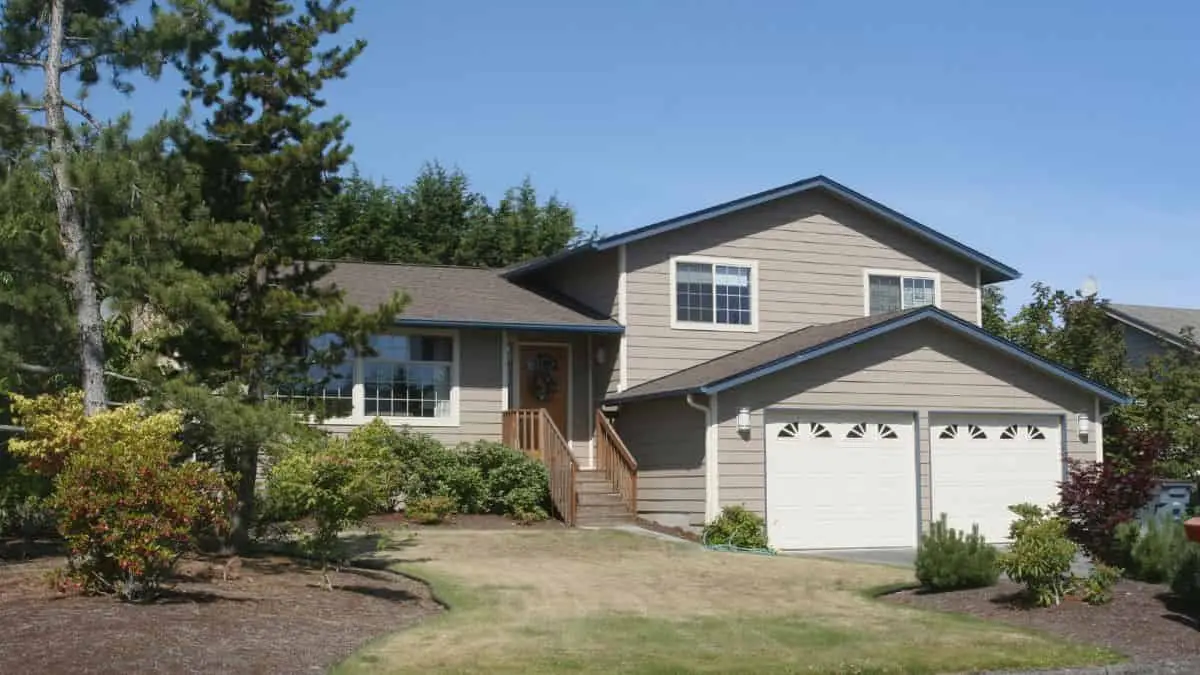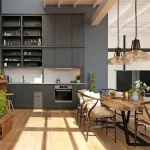Split-level homes have been a popular choice for homeowners since their rise in the mid-20th century. Known for their unique layout and efficient use of space, these homes often feature staggered floors that separate living areas into different levels.
But as energy efficiency becomes a growing concern for many, a common question arises: Are split-level homes energy efficient?
In this guide, we’ll explore the energy efficiency of split-level homes, examining the factors that impact their energy use and offering practical tips for improving their efficiency.
Whether you’re a homeowner considering energy-efficient upgrades or simply curious about split-level homes, this guide will provide you with the information you need to make informed decisions. Let’s dive in!
Understanding Split-Level Homes
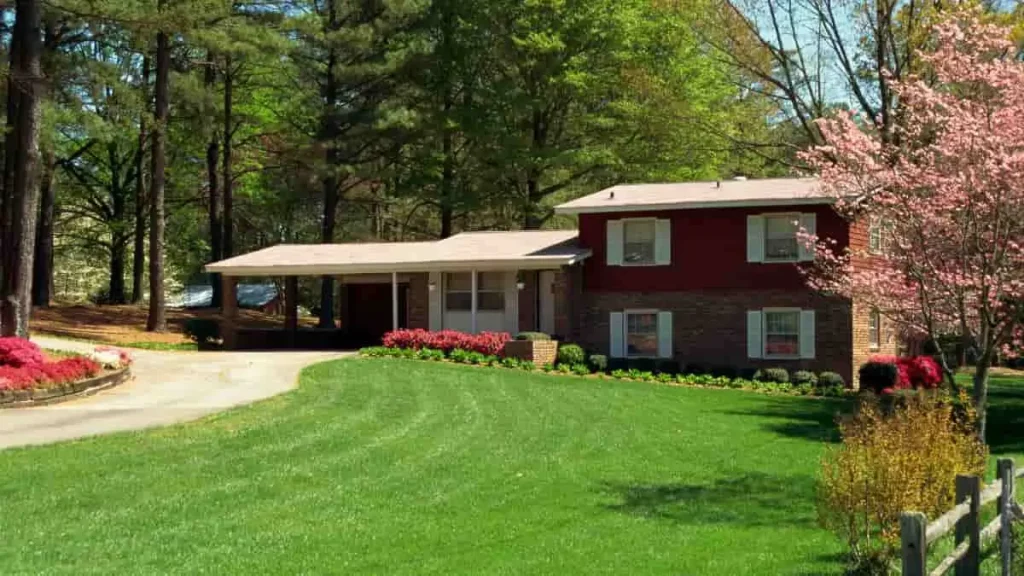
Definition and Characteristics
Split-level homes are a unique style of house that gained popularity in the 1950s and 1960s. These homes are characterized by their multi-level layout, which typically includes a main level, an upper level, and a lower level that is partially or fully below ground.
The floors are usually staggered, connected by short flights of stairs, creating a distinct separation between living areas. For example, the main level often contains the kitchen and living room, the upper level houses the bedrooms, and the lower level may include a family room or basement.
There are several types of split-level homes, including the side-split, where the floors are split on either side of the house, and the back-split, where the front of the house appears as a single story, but the back reveals multiple levels. There’s also the bi-level or raised ranch, which features two levels with the entryway located in between.
Recommended Post: Split Level Kitchen Remodel: Ultimate Guide
Historical Context and Popularity
Split-level homes emerged as a popular architectural style in North America during the post-World War II housing boom. They were especially favored in suburban areas, where families sought homes that offered more space and privacy. The split-level design was appealing because it efficiently used the land by building upwards rather than outwards, making it ideal for sloped lots.
The separation of living spaces also provided a sense of privacy, with bedrooms often located away from the main living areas.
While their popularity peaked in the mid-20th century, split-level homes remain a common sight in many neighborhoods today. Homeowners appreciate their unique layout and potential for customization, and with modern renovations, these homes can be updated to meet contemporary energy efficiency standards.
Factors Affecting Energy Efficiency in Split-Level Homes
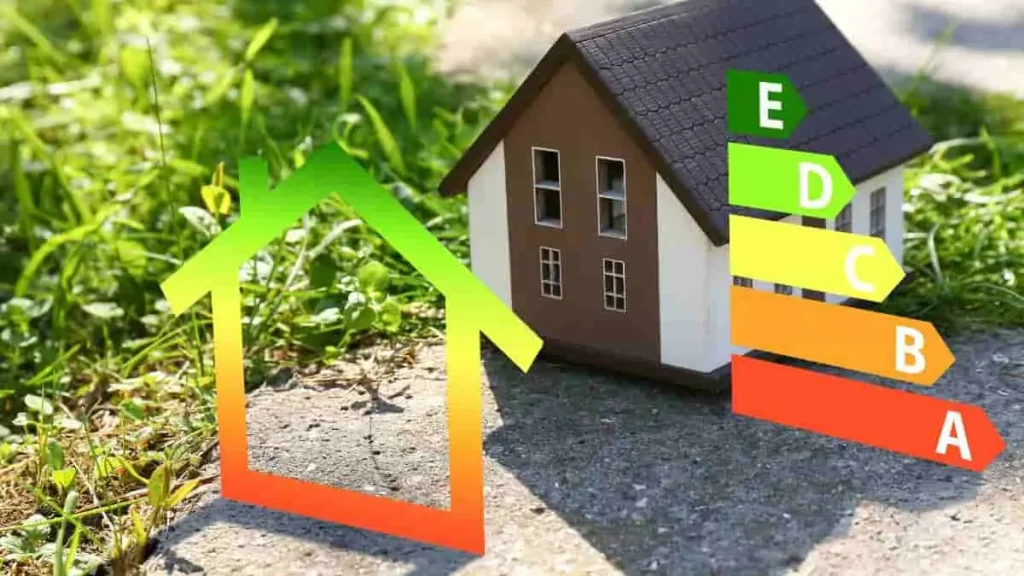
Design and Layout Considerations
The design of split-level homes can significantly impact their energy efficiency. The staggered floor levels, while visually interesting and space-efficient, can create challenges for maintaining a consistent temperature throughout the house. For instance, the separate levels may lead to uneven heating and cooling, as hot air rises and cold air sinks. This can result in some rooms feeling warmer or cooler than others, potentially increasing energy consumption as you try to balance the temperature.
Another design factor is natural ventilation. Split-level homes often have multiple windows and open spaces that can benefit from natural airflow. However, this also means that if not properly managed, these openings can lead to heat loss in the winter and heat gain in the summer. Effective management of natural ventilation is key to maintaining energy efficiency.
Insulation and Building Materials
Insulation plays a crucial role in the energy efficiency of any home, and split-level homes are no exception. Older split-level homes may have outdated or inadequate insulation, which can lead to significant energy loss. Common problem areas include gaps in the insulation between levels, especially if the home was built with older materials that don’t meet current standards.
Modern insulation materials and techniques can greatly improve the energy efficiency of a split-level home. Adding insulation to the attic, walls, and floors can help keep the temperature consistent across different levels, reducing the need for excessive heating or cooling.
Windows and Doors Placement
The placement and quality of windows and doors in split-level homes can affect their energy efficiency. Large windows or sliding glass doors, common in split-level designs, can contribute to significant energy loss if they are not energy-efficient. Single-pane windows and poorly sealed doors can let in drafts and cause your heating and cooling systems to work harder, increasing your energy bills.
Upgrading to energy-efficient windows and doors with features like double glazing or low-emissivity (low-E) coatings can help mitigate these issues. Proper sealing and weatherstripping around windows and doors are also essential for preventing heat loss.
Heating, Ventilation, and Air Conditioning (HVAC) Systems
The HVAC system in a split-level home must work harder to maintain a consistent temperature across different levels. Traditional systems might struggle with the split-level design, especially if the home has multiple zones with varying heating and cooling needs.
Investing in a modern HVAC system with zoning capabilities can improve energy efficiency. Zoned systems allow different areas of the home to be heated or cooled independently, reducing energy waste and providing more precise temperature control.
Pros and Cons of Split-Level Homes for Energy Efficiency
Pros
- Natural Airflow: The staggered levels of split-level homes can facilitate natural airflow, which can help with passive cooling. If you position windows and doors correctly, you can take advantage of breezes and reduce the need for mechanical cooling during mild weather.
- Zoned Heating and Cooling: Many split-level homes can benefit from multi-zone HVAC systems, allowing you to heat or cool different levels of the home separately. This can lead to more efficient energy use, as you only condition the spaces that are in use.
- Passive Solar Energy: The design of split-level homes can sometimes take advantage of passive solar energy. For example, south-facing windows on upper levels can capture sunlight and help warm the home naturally during the winter months.
Cons
- Uneven Temperature Distribution: One of the main challenges with split-level homes is the potential for uneven temperature distribution. Different levels may experience varying temperatures, which can lead to higher energy use as the HVAC system tries to compensate.
- Older Insulation: Many split-level homes, especially those built in the mid-20th century, may have outdated insulation and building materials. This can result in higher energy consumption and increased heating and cooling costs if not updated.
- Energy Loss Through Windows and Doors: Large windows and sliding doors, which are common in split-level homes, can be a source of significant energy loss if they are not energy-efficient. Replacing them with modern, high-performance options can be a costly but necessary upgrade.
Tips for Improving Energy Efficiency in Split-Level Homes
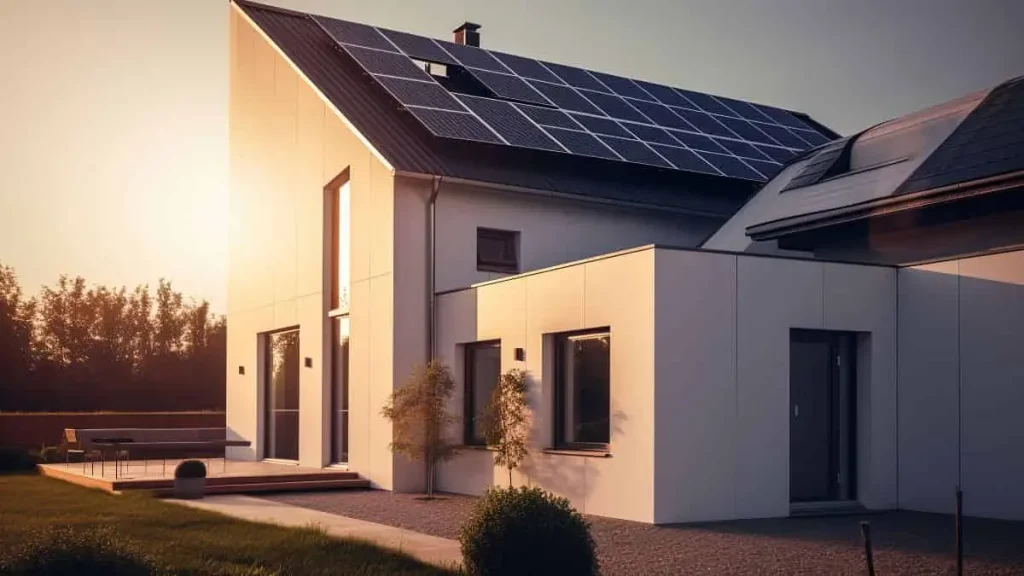
Insulation Upgrades
Upgrading your insulation is one of the most effective ways to improve energy efficiency in a split-level home. Start by inspecting your attic, walls, and floors for any gaps or areas where insulation might be lacking. Adding insulation to these areas can help keep your home’s temperature consistent and reduce energy consumption. Consider modern insulation materials like spray foam or blown-in cellulose, which can fill gaps more effectively and provide better thermal resistance.
Window and Door Improvements
If your split-level home has older, single-pane windows or drafty doors, it might be time for an upgrade. Replacing them with energy-efficient options like double-glazed windows or doors with low-E coatings can significantly reduce heat loss. Additionally, ensure that all windows and doors are properly sealed and weatherstripped to prevent drafts. This simple step can make a noticeable difference in your home’s energy performance.
HVAC System Optimization
To make your HVAC system more efficient, consider upgrading to a multi-zone system if you don’t already have one. Multi-zone systems allow you to control the temperature in different areas of your home independently, which can lead to significant energy savings. Regular maintenance, such as changing filters and having your system serviced annually, can also improve its efficiency and prolong its lifespan.
Sealing and Weatherproofing
Air leaks can be a major source of energy loss in split-level homes. Identify and seal any gaps around windows, doors, and ducts to prevent warm or cool air from escaping. Use caulking or weatherstripping to seal these leaks effectively. Additionally, check for any gaps or cracks in your home’s exterior and address them promptly to prevent energy loss.
Energy-Efficient Appliances and Lighting
Consider upgrading to energy-efficient appliances and lighting in your split-level home. ENERGY STAR® rated appliances use less energy and can lower your utility bills. Switching to LED lighting, which uses less energy and lasts longer than traditional incandescent bulbs, is another easy way to improve your home’s energy efficiency.
Smart Home Technology Integration
Integrating smart home technology can enhance your home’s energy efficiency. Smart thermostats, for example, allow you to program and control your heating and cooling systems more precisely. They can adjust temperatures based on your schedule and preferences, helping to reduce energy waste. Other smart devices, like automated blinds or lighting systems, can further optimize your home’s energy use.
Real-Life Case Studies and Statistics
Case Study 1: Renovating a Split-Level Home for Energy Efficiency
One homeowner in the suburbs decided to renovate their split-level home to improve energy efficiency. The renovation included adding insulation to the attic and walls, replacing old windows with double-glazed ones, and upgrading to a modern multi-zone HVAC system.
The results were impressive: the home’s energy bills dropped by 25% in the first year after the upgrades, and the indoor temperature became more consistent across different levels. The homeowner also reported a significant increase in comfort and satisfaction with their energy-efficient improvements.
Case Study 2: Cost-Benefit Analysis
Another example involves a split-level home where the owners invested in various energy-efficient upgrades, including new insulation, energy-efficient windows, and a smart thermostat. The total cost of these upgrades was around $15,000.
However, over a period of five years, the energy savings amounted to approximately $10,000. This case highlights the importance of considering both the upfront costs and long-term savings when evaluating energy-efficient improvements.
Relevant Statistics and Data
- According to the U.S. Department of Energy, properly insulating your home can reduce heating and cooling costs by up to 20%. For split-level homes, where insulation gaps are common, this can mean substantial savings.
- A study by the National Renewable Energy Laboratory found that upgrading to energy-efficient windows can save homeowners between $100 and $500 annually, depending on the size and number of windows.
- Data from the American Council for an Energy-Efficient Economy (ACEEE) indicates that multi-zone HVAC systems can improve energy efficiency by up to 30% compared to traditional single-zone systems.
Frequently Asked Questions (FAQs)
Can split-level homes be made energy efficient with minimal investment?
Yes, you can make a split-level home more energy efficient with some relatively low-cost improvements. Simple upgrades like sealing air leaks, adding weatherstripping around doors and windows, and changing to energy-efficient light bulbs can have a noticeable impact. While more significant investments, like upgrading insulation or replacing windows, can offer greater long-term savings, starting with these smaller changes can still lead to meaningful improvements in energy efficiency.
What are the most cost-effective upgrades for a split-level home?
The most cost-effective upgrades typically include:
- Sealing and Weatherproofing: This includes caulking gaps and adding weatherstripping to doors and windows. These measures can reduce drafts and heat loss.
- Energy-Efficient Lighting: Switching to LED bulbs can reduce lighting costs and improve energy efficiency without a significant upfront investment.
- Smart Thermostats: Installing a smart thermostat can help you better control your heating and cooling systems, leading to potential energy savings.
Are split-level homes more or less energy-efficient than single-story or multi-story homes?
Split-level homes have unique energy efficiency challenges compared to single-story or multi-story homes. They can be less efficient due to the potential for uneven heating and cooling across different levels. However, with the right upgrades, such as improved insulation and a multi-zone HVAC system, split-level homes can be made as energy-efficient as other types of homes. The key is to address the specific challenges posed by the split-level design to optimize energy use.
Conclusion
In conclusion, while split-level homes come with their own set of energy efficiency challenges, they also offer unique opportunities for improvement. The distinctive layout of split-level homes can lead to uneven temperatures and energy loss if not properly managed. However, with thoughtful upgrades and modern technology, you can enhance the energy efficiency of your split-level home.
Start by addressing the basics: improve insulation, seal gaps, and upgrade to energy-efficient windows and doors. Consider investing in a multi-zone HVAC system and integrating smart home technology for more precise control over your home’s temperature. Real-life case studies show that these improvements can lead to significant savings and increased comfort.
Ultimately, whether you’re looking to reduce your energy bills or make your home more comfortable, there are many ways

